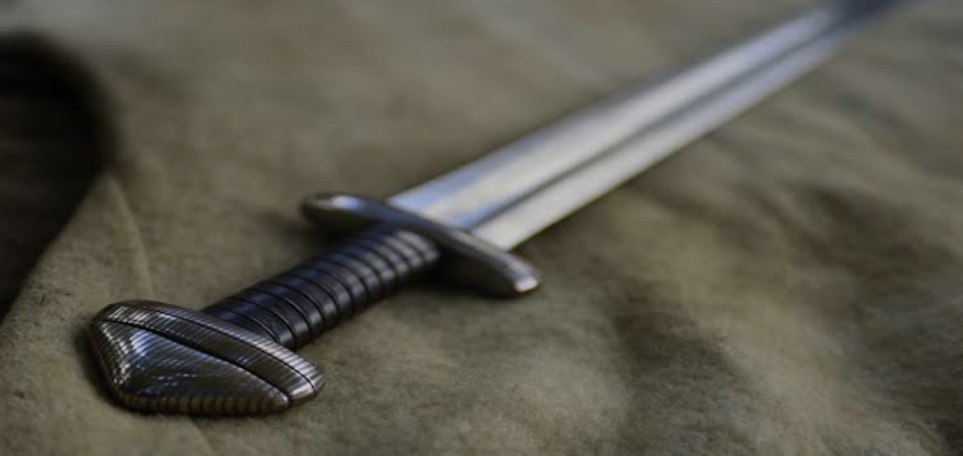Bonnets have been a staple of European clothing since the Middle Ages. Originally conceived as a practical piece of head covering and protection, they have acquired important social and cultural significance over time.
This article analyzes their origin, historical evolution, significance during the Middle Ages, types according to gender and profession, and their persistence or disappearance in later periods up to the present day.

Origin and historical evolution of caps
The cap, a small, tight-fitting cap that covers the hair and sometimes part of the forehead, has its roots in antiquity, although its systematic use became established in the Middle Ages.
Initially, these garments served hygienic needs and provided protection against the cold or dirt, but their meaning broadened, becoming symbols of modesty, status, and profession.
In medieval Europe, especially from the 12th century onwards, the cap became part of everyday clothing for men and women, marking social and role differences.
Its evolution also reflects the cultural and social transformations of the time.
The meaning of caps in the Middle Ages
During the Middle Ages, caps acquired a strong symbolic and social significance. For women, covering their heads was synonymous with modesty and respect, especially for those who were married or widowed. Single women, on the other hand, could opt for less restrictive styles. For men, the cap was also a common accessory, especially among children and workers, and served to protect them from dust and dirt during their work.
The use of caps also varied depending on the work environment. In the kitchen, for example, caps were essential for maintaining hygiene, a function that persists today in professional uniforms. In the religious sphere, they were part of the monastic habit, and among the nobility and court, they were items of fashion and distinction.
Furthermore, in the Middle Ages, these could indicate social status or membership in a professional or religious group. For example, nuns and high-society ladies wore elaborate caps that denoted purity or status, while peasants and workers opted for simple, functional caps.

Types of caps according to sex and job
Women's caps
- Simple caps: Made of linen or cotton, fitted to the head for daily use by peasant or middle-class women.
- Religious headdresses: More elaborate, often white or black, worn by nuns and religious women, symbolizing chastity and spiritual dedication.
-
Noble caps: Decorated with lace, embroidery, or ornaments, they indicated high status. They were combined with veils or other garments.
Men's caps
- Children's hairnets: Common for children to keep their hair clean and collected.
- Work caps: Used by artisans, peasants and soldiers to protect the head and absorb sweat.
- Formal caps: Sometimes worn under helmets or hats for greater comfort.

From the Middle Ages to the present day: uses and disappearance
With the arrival of modernity, caps began to lose ground to other headgear such as more elaborate hats, fascinators, and caps. Beginning in the 18th and 19th centuries, their daily use declined among the majority of the population, becoming relegated to certain specific areas.
Today, caps continue to be used in very specific contexts:
- Religious : Nuns and other consecrated women maintain the use of caps as part of the habit.
- Professional : Healthcare workers, cooks and food service workers wear caps or similar hats for hygienic reasons.
- Traditional : In certain regions or festivals, they remain part of traditional clothing.
Therefore, although its everyday use has fallen into disuse, the cap has not completely disappeared, but has been transformed and adapted to new functions .
Caps represent a historic piece of European clothing that, from its practical origins, acquired profound social, cultural, and religious connotations in the Middle Ages. Their diversity according to gender, social class, and profession reveals the complexity of medieval society and its traditions.
Although their widespread use declined with modernity, caps persist in religious, professional, and cultural contexts, keeping alive a legacy that dates back centuries.









